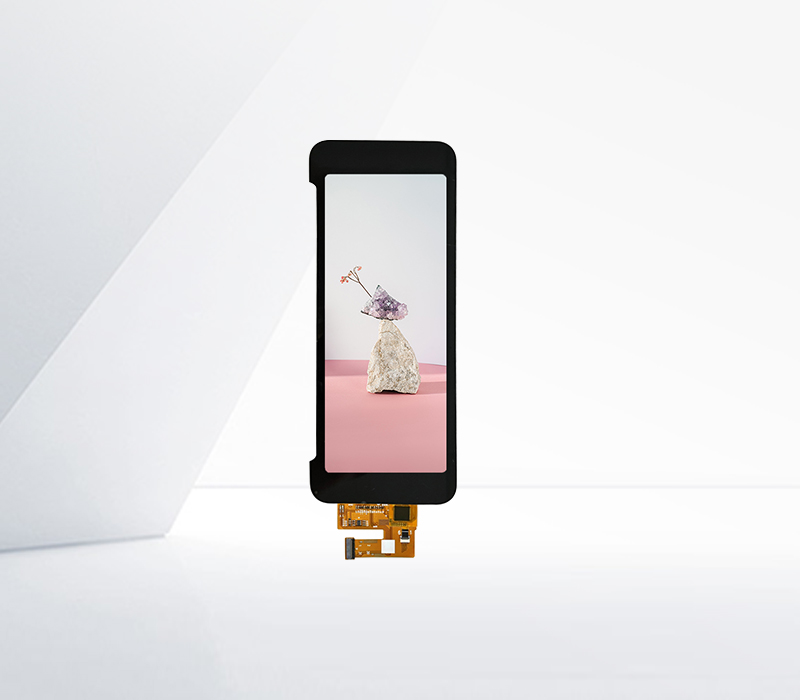




In the era of smart home appliances, touchscreens have become a primary means of interaction. Optimizing touchscreen operations can significantly enhance user experience.
Interface Design Simplification
The first aspect of optimization is simplifying the interface design. A cluttered interface can confuse users and lead to misoperations. For smart home appliances, the interface should present the most frequently used functions prominently. For example, in a smart refrigerator touchscreen, functions like adjusting temperature, setting reminders for food expiration, and accessing recipe suggestions should be easily accessible on the main screen. Hierarchical menus should be logical and intuitive. Instead of having multiple layers of complex sub - menus, important functions should be no more than two clicks away. This reduces the time users spend navigating through the interface, making the operation more efficient.
Responsiveness Improvement
Touchscreens in smart home appliances need to be highly responsive. Slow response times can frustrate users. Manufacturers can improve responsiveness by optimizing the hardware - software integration. Upgrading the touch - sensing hardware to more sensitive models can ensure that even the slightest touch is detected accurately. On the software side, reducing the processing latency of the operating system and application software is crucial. For instance, when a user taps the "start" button on a smart oven's touchscreen, the oven should start heating up immediately without any noticeable delay. Regular software updates can also improve responsiveness by fixing bugs and optimizing code.
Gesture Recognition Expansion
Expanding gesture recognition capabilities can also optimize touchscreen operations. In addition to basic tap and swipe gestures, more advanced gestures can be incorporated. For example, a two - finger pinch - in or pinch - out gesture can be used to zoom in or out on a floor plan in a smart home security camera application on a touchscreen - enabled smart display. A long - press gesture could be assigned to activate a quick - settings menu for commonly used functions. This not only makes the operation more convenient but also adds an element of interactivity and modernity to the smart home experience.
